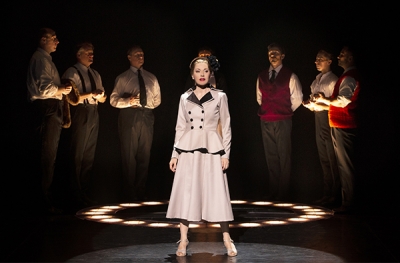Opera
I confess that I do not share the knee-jerk negative view of Andrew Lloyd Weber musicals that many of my colleagues profess. His best works, especially those conceived with librettist Tim Rice, stake a legitimate claim on our attention, if only for their consummate skill in identifying ...
... (read more)Australian operas set in the outback are not uncommon, though urban backgrounds are far more prevalent in contemporary works. Contemporary fiction and cinema, by contrast, often have outback and regional Australia as their setting. Several operas engage with the most enduring myths ...
... (read more)Notwithstanding the riches that follow in the final two acts (Wotan’s Farewell, the Ride of the Valkyries, the Todesverkündigung), Act One of Richard Wagner’s Die Walküre offers perhaps the greatest hour of music in German opera. It is ideal for discrete, unstaged performances, and as we know ...
... (read more)Nietzsche was in no doubt: Wagner owed his success to his innate sensuality. The philosopher – most influential of the Wagnerites – began to have reservations about his hero in the mid-1870s, around the time of the first Bayreuth Festival (1876), though he never ...
... (read more)Hugo von Hofmannsthal and Richard Strauss consciously set out to emulate Mozart in Der Rosenkavalier, and succeeded, creating not only the last great Romantic opera but the most perfect Viennese confection, and Strauss’s most-loved opera. It was an immediate hit ...
... (read more)John Doyle’s production of Gaetano Donizetti’s 1837 opera dates back to 2012 – a co-production with La Fenice and Houston. It is a rather self-important production – very dour and Presbyterian. The dark cloudage never parts. There is a radical want of props ...
... (read more)Parsifal ★★★★1/2 and The Flying Dutchman ★★★★ (Bavarian State Opera)
... (read more)











